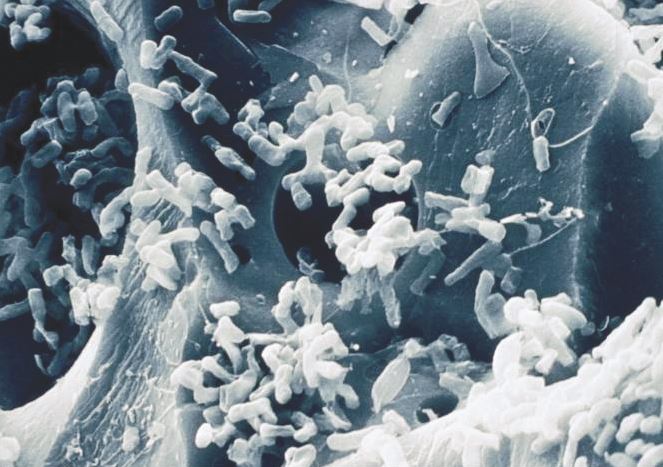Grades: 9-12 (Science, Chemistry and Biology)
Time: For a guest speaker, 60 minutes; for a visit to the local drinking water treatment facility, two hours
Space Requirement: For guest speaker, any classroom
Methodology: Group Discussion, Experiential Learning
Objectives: Students will gain a better understanding of the process used to treat the drinking water for their community. Students will speak to, and ask questions of, a professional in the field of water treatment.
Directions/Procedure:
- Between the options of a field trip to a treatment facility or a guest speaker it is likely that the more informative and enjoyable option for the students would be the field trip. This is also the option with the more difficult logistical problems so you will need to choose which would be better for your class, budget (in regards to whether you would need buses to take the students to the treatment facility), adult chaperones available, etc. Remember to ask the water treatment plant operators or the guest speaker to speak to your class well in advance in order to ensure that they will be available to speak to your class on a day when this would be appropriate considering the timeframe of your units. If you choose the option of having a speaker talk to your class, consider having the speaker give a general presentation to the entire school regarding safe drinking water and water treatment in a more general manner the same day that they speak to your class, and then join you and your students in the classroom for a more specific discussion.
- When arranging for a tour or a guest speaker the presenters might like to know what you are expecting them to talk about. Let them know what grade level they will be talking to and how technical it would be appropriate for them to be. They can speak, in general terms, about the process used to treat the local drinking water. Let them know that the students will probably have questions dealing with chlorine, ammonia and iron so they can be prepared to properly address these questions.
- Have the students come up with some questions they would like to ask beforehand. They may want to know about the iron or ammonia concentrations of the raw water entering the facility or the amount of chlorine used. They might also want to ask about which contaminants the facility tests for and how often they do the tests.
- Consider making a thank you card for the speakers that all of your students sign. You may also want to give them a token of your appreciation (for example, a school/school division mug).
- If the class found discerningly low concentrations of chlorine or high concentrations of ammonia in the local sample they should mention this and ask how the treatment facility might be able to remedy the problem.
- Visit the local water treatment plant or have the guest speaker come to the classroom. The students ask their questions and discuss water treatment issues with the speakers.
- Thank the speakers. If your class decided to make a thank you card and/or to give the speakers a token of your class' appreciation then make the presentation at the end of their discussion.
- After the speaker has left or the following day debrief with your students regarding what they learned from the experience.
Evaluation: Students can be evaluated on the basis of good behavior during the visit or trip and participation in the discussion.
Related Links:
Conventional Water Treatment: Coagulation and Filtration Fact Sheet
www.safewater.org/fact-sheets-1/2017/1/23/conventional-water-treatment
What is the Purpose of Drinking Water Quality Guidelines/Regulations? Fact Sheet
www.safewater.org/fact-sheets-1/2017/1/23/purposeguidelinesregulations

